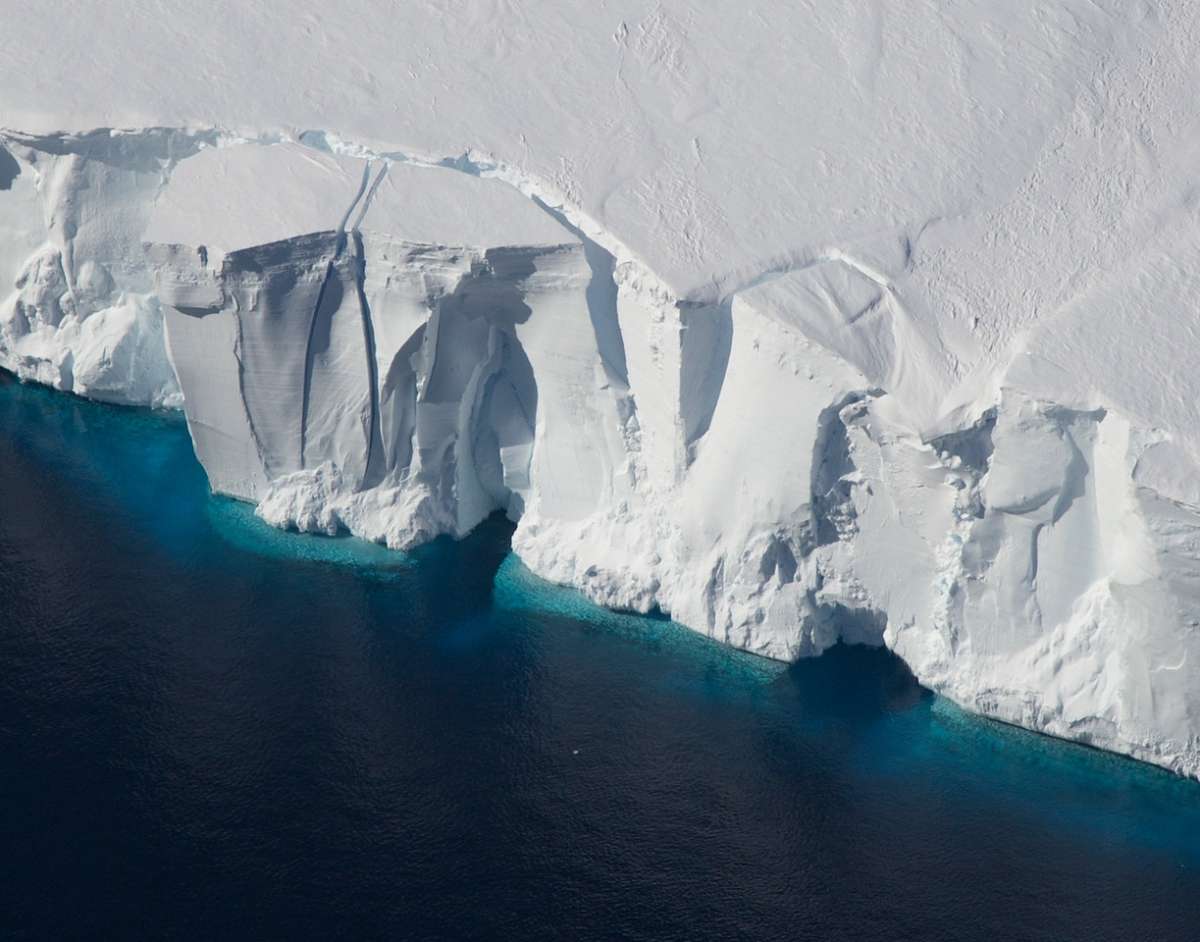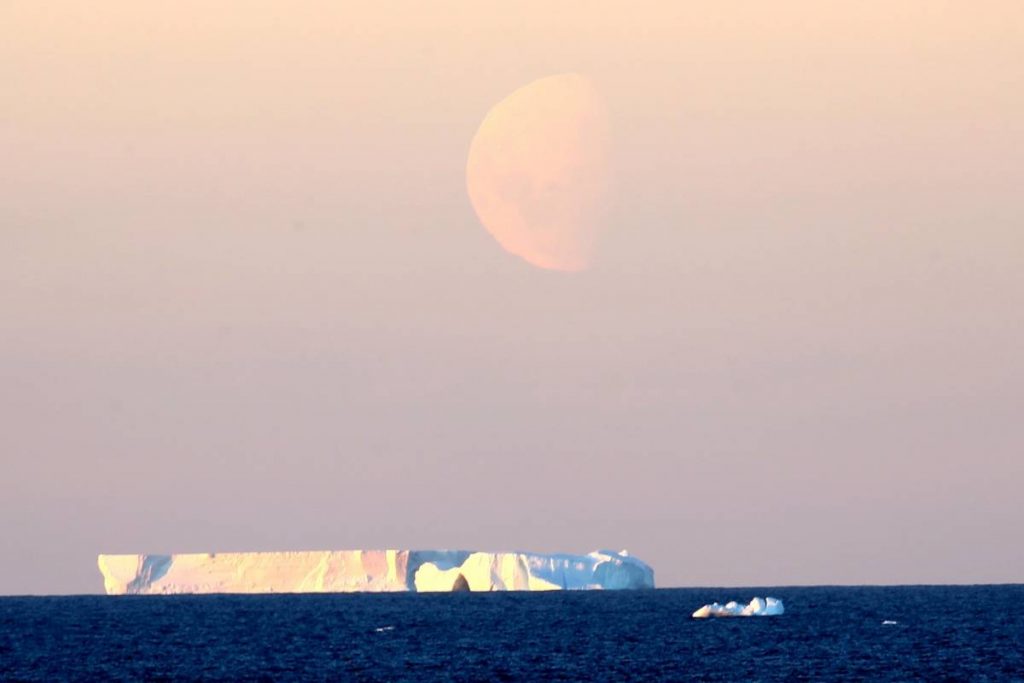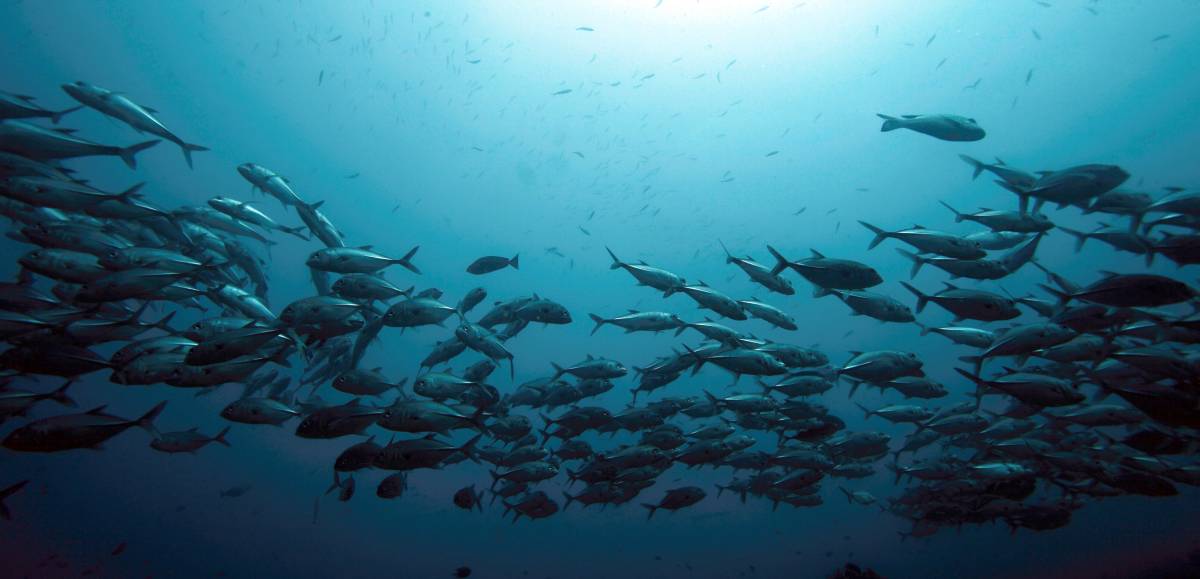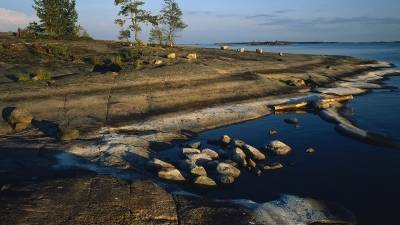Guterres urges India-led G20 for a Climate Solidarity Pact in which wealthier countries mobilize financial and technical resources to support emerging economies, writes Arul Louis…reports Asian Lite News
As a panel of UN experts warned that India’s food production could see a massive fall if global warming went unchecked, Secretary-General Antonio Guterres has said that he was asking the G20 for a pact to keep warming to 1.5 degrees centigrade.
“In India, rice production can decrease from 10 per cent to 30 per cent, whereas maize production can decrease from 25 per cent to 70 per cent assuming a range of temperature increase from 1 degree centigrade to 4 degrees centigrade,” a report by the Intergovernmental Panel on Climate Change (IPCC) said on Monday.
Guterres said that he has proposed to the India-led G20, the group of major emerging and developed economies, “a Climate Solidarity Pact – in which all big emitters make extra efforts to cut emissions, and wealthier countries mobilize financial and technical resources to support emerging economies in a common effort to keep 1.5 degrees alive”.
Although he cautioned that “the climate time-bomb is ticking”, he also sounded a note of hope: “Today’s IPCC report is a how-to guide to defuse the climate time-bomb. It is a survival guide for humanity”.
The report shows that global warming can be kept down to 1.5 degrees centigrade, “but it will take a quantum leap in climate action”, Guterres said.
He said that he is presenting a plan to “a super-charge” the Climate Solidarity Pact.
It would require “leaders of developed countries committing to reaching net zero as close as possible to 2040, and developing countries as close as possible to 2050”, he said.
Guterres’s plan calls for an end to use of coal and net-zero electricity generation by 2035 for all developed countries and 2040 for the rest of the world.
It also requires an immediate stop to all licensing or funding of new oil and gas ventures, and expansion of existing ones.
The report known as the Sixth Synthesis Report of the IPCC said that temperatures have already risen to 1.1 degrees Celsius above pre-industrial levels because of fossil fuel burning and unequal and unsustainable energy use.
This has led to more frequent and intense extreme weather dangerously impacting people around the world, it said.
Without action to hold global warming, “in South Asia, extreme climatic conditions are threatening food security; thus, agro-based economies, such as those of India and Pakistan, are the most vulnerable to climate change in this regard”, the report said
India is “emerging as the most vulnerable nation in terms of crop production” in South Asia, it said.
It said that in South Asia, “water demand in sectors such as irrigation, industry and households will increase by 30 per cent to 40 per cent around 2050 in comparison with 2010”.
“Within a country as well, the water scarcity could be exacerbated, such as in India and China, due to various drivers like population increase and climate change,” it added.





